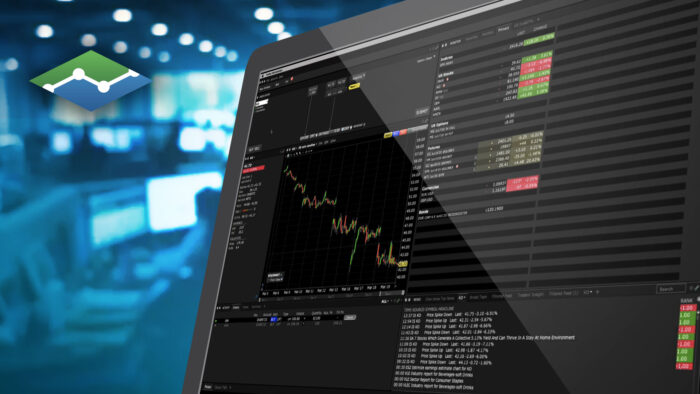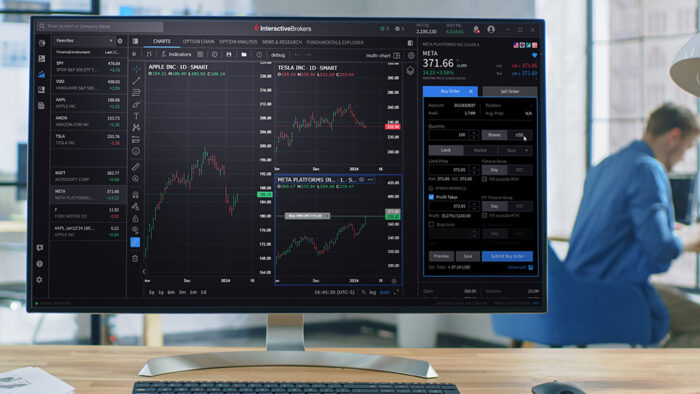Originally posted, 7 Feb 2024, In a volatile year, staying invested will matter as events could turn quickly.
Markets had a strong run in the final weeks of 2023 as investors rushed to price in a monetary policy pivot — in the form of anticipated rate cuts — from central banks. That has left valuations looking stretched across asset classes.
But it is already clear that 2024 will bring many different events that will lead to a reshuffling of the pack of investment opportunities.
Some of these events are already clearly marked on investors’ calendars, such as the many elections taking place around the world this year — most notably the US presidential election on 5 November. Other events are less foreseeable, such as the attacks on shipping in the Red Sea and subsequent reaction from Western nations. We do not know how current epicentres of conflict will evolve; whether they will become more entrenched, for example, or draw in more participants.
Overall, it makes for a complicated, and at times alarming, environment for investors to navigate.
It’s important to remember, though, that not all the events of 2024 will be significant from a financial market perspective. The US presidential election is clearly one where the stakes are high, but that’s not the case for every poll.
A practical approach for investors is to focus on understanding how divergent policies and events — financial and geopolitical — give rise to different risks and opportunities.
Let’s take fixed income. The global economy is still in slowdown, which should be a benign environment for bonds, but we need to keep an eye on the long end of the yield curve as the US election approaches. Thanks to the dollar’s status as reserve currency, the US has had the luxury of being able to run a large deficit. But signs of fiscal profligacy from candidates may push the patience of markets too far and could result in higher volatility for longer-dated bonds.
Europe, by contrast, has run more conservative fiscal policies. This is supportive of the bloc’s bonds. Again, in emerging markets many countries have run orthodox monetary policies that now leave their debt markets in a good place. We are quite positive on local currency emerging market debt.
Equities have not moved as quickly as bonds to incorporate rate cut expectations. While equity valuations have risen, they are not at extreme levels. Much of the move last year was concentrated in the so-called “Magnificent Seven” large-cap US stocks — and even these are underpinned by earnings.
There may be scope for equities to move up further. This will be particularly relevant to investors currently holding cash. Our recent analysis, looking at data from 22 rate-cutting cycles stretching back to 1929, has found that the average return for US equities has been 11% in the 12 months following the first US rate cut.
If we do get the “soft landing” of slowdown but not recession, that should be supportive for equities. The question comes back to divergence: will those gains spread out to neglected areas of the market, including undervalued regions such as the UK?
China continues to face a growth problem as it copes with the ramifications of its property crisis, and while the outcome of the US election could bring significant changes for markets, we don’t think a shift in stance towards China will be one of them. The current protectionist tilt and race for technological supremacy is likely to remain intact regardless of who wins.
This weaker economic picture for China, and slowdown in the global economy more generally, does not create a bullish backdrop for commodities. But a strategic allocation to commodities can still make sense as a diversifier, especially in the context of intensifying geopolitical strains. One area of commodities where the outlook does look positive is gold. It typically performs well in periods when central banks cut rates.
For the dollar, an about turn in the consensus around early rate cuts could result in near-term strength versus other currencies.
Ultimately, the main thing is to remain invested in order to take advantage of these diverging opportunities as they emerge. It’s a truism as old as the hills but well worth saying again: there is a temptation during periods of uncertainty, noise and alarming headlines to seek “safety” on the sidelines. And unlike much of the past decade, it is now possible to obtain an attractive nominal return on cash. But, even if US rate cuts aren’t as imminent as some may hope, cash rates are still likely to come down, making cash less of a winner.
At the same time, market moves can play out very rapidly. A position on the sidelines could mean missing out.
This article first appeared in the Financial Times
Disclosure: Schroders
Important Information: This communication is marketing material. The views and opinions contained herein are those of the author(s) on this page, and may not necessarily represent views expressed or reflected in other Schroders communications, strategies or funds. This material is intended to be for information purposes only and is not intended as promotional material in any respect. The material is not intended as an offer or solicitation for the purchase or sale of any financial instrument. It is not intended to provide and should not be relied on for accounting, legal or tax advice, or investment recommendations. Reliance should not be placed on the views and information in this document when taking individual investment and/or strategic decisions. Past performance is not a reliable indicator of future results. The value of an investment can go down as well as up and is not guaranteed. All investments involve risks including the risk of possible loss of principal. Information herein is believed to be reliable but Schroders does not warrant its completeness or accuracy. Some information quoted was obtained from external sources we consider to be reliable. No responsibility can be accepted for errors of fact obtained from third parties, and this data may change with market conditions. This does not exclude any duty or liability that Schroders has to its customers under any regulatory system. Regions/ sectors shown for illustrative purposes only and should not be viewed as a recommendation to buy/sell. The opinions in this material include some forecasted views. We believe we are basing our expectations and beliefs on reasonable assumptions within the bounds of what we currently know. However, there is no guarantee than any forecasts or opinions will be realized. These views and opinions may change. Schroder Investment Management North America Inc. is a SEC registered adviser and indirect wholly owned subsidiary of Schroders plc providing asset management products and services to clients in the US and Canada. Interactive Brokers and Schroders are not affiliated entities. Further information about Schroders can be found at www.schroders.com/us. Schroder Investment Management North America Inc. 7 Bryant Park, New York, NY, 10018-3706, (212) 641-3800.
Disclosure: Interactive Brokers
Information posted on IBKR Campus that is provided by third-parties does NOT constitute a recommendation that you should contract for the services of that third party. Third-party participants who contribute to IBKR Campus are independent of Interactive Brokers and Interactive Brokers does not make any representations or warranties concerning the services offered, their past or future performance, or the accuracy of the information provided by the third party. Past performance is no guarantee of future results.
This material is from Schroders and is being posted with its permission. The views expressed in this material are solely those of the author and/or Schroders and Interactive Brokers is not endorsing or recommending any investment or trading discussed in the material. This material is not and should not be construed as an offer to buy or sell any security. It should not be construed as research or investment advice or a recommendation to buy, sell or hold any security or commodity. This material does not and is not intended to take into account the particular financial conditions, investment objectives or requirements of individual customers. Before acting on this material, you should consider whether it is suitable for your particular circumstances and, as necessary, seek professional advice.
Disclosure: Bonds
As with all investments, your capital is at risk.












